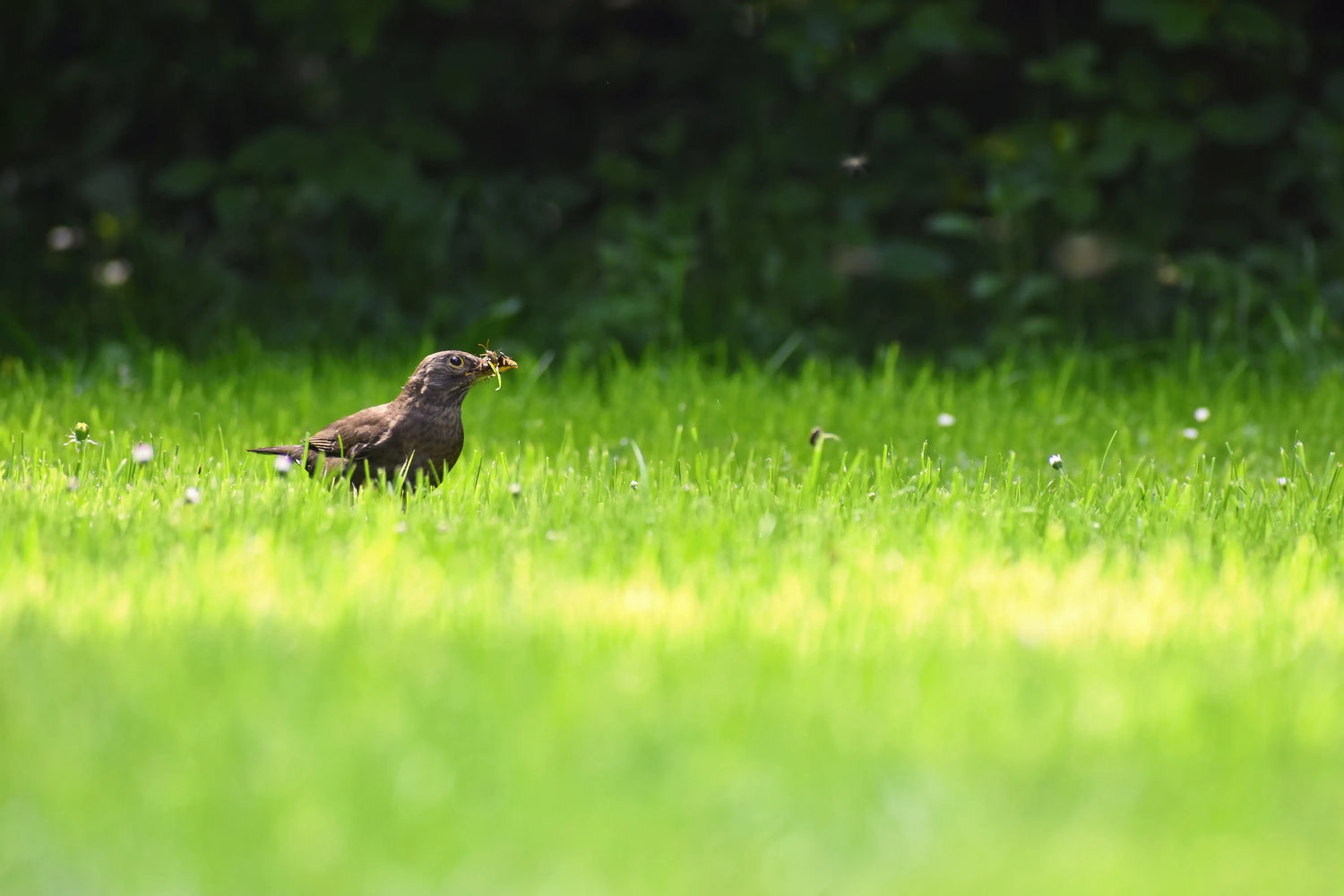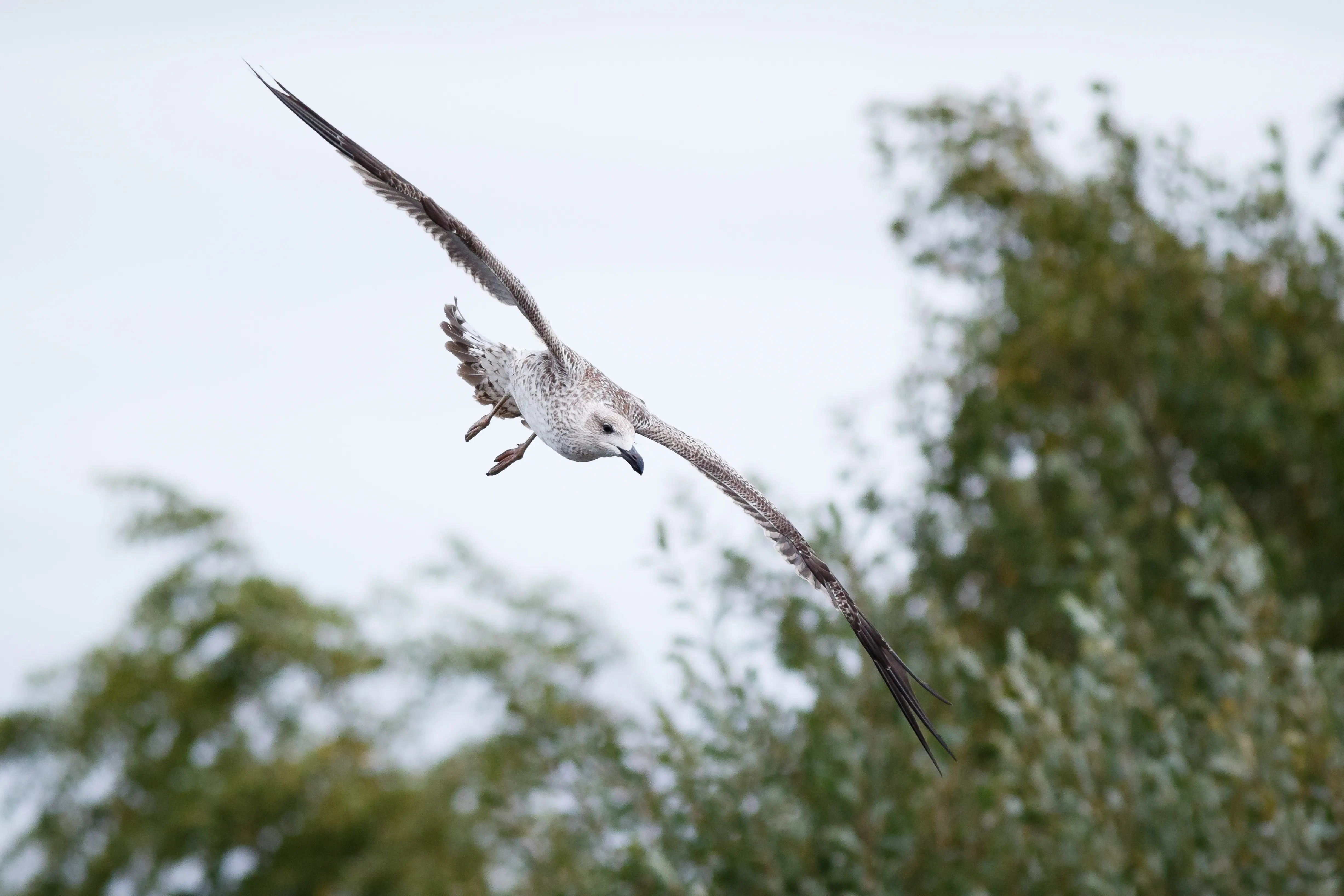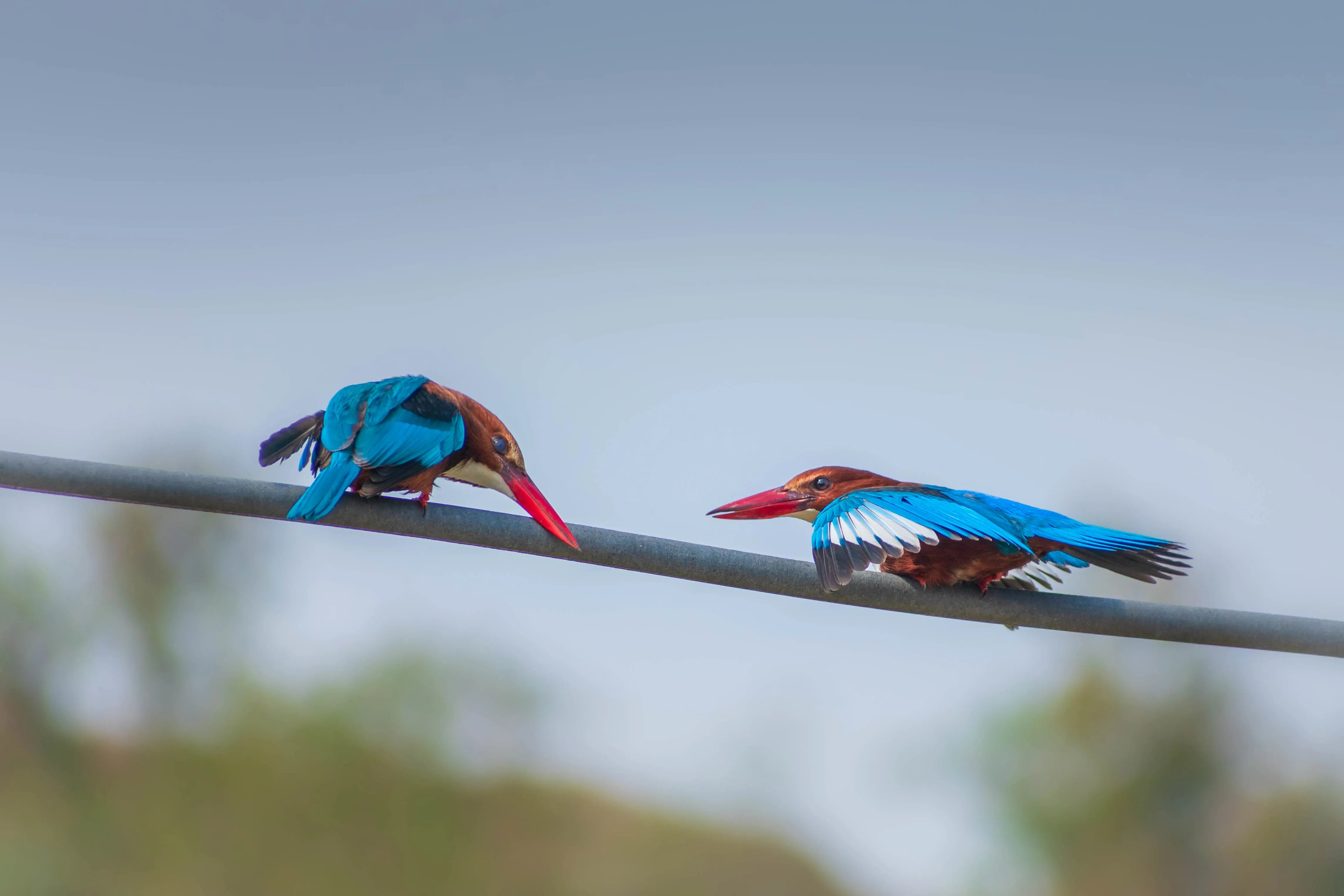Seeing a baby crow on the ground can stir both wonder and worry. Is it lost? Abandoned? In need of help?
From juvenile crow behavior to crow fledging stages, this guide helps you understand when to step in—and when nature is simply doing its job. Whether you're a bird lover, wildlife observer, or just curious, let’s explore what it really means to find a young crow nearby.
🕊️ What Does a Baby Crow Look Like?
It’s easy to mistake a young crow for an adult—they're nearly the same size! But look closer:
- Fluffy down feathers on the head and underparts.
- Blue-gray eyes (adults have dark brown to black eyes).
- Pink gape at the corners of the beak.
- Raspy, begging calls.
These features signal a crow fledgling—a young bird that has left the nest but still relies on parents for care and survival.
👀 Fledgling or Orphan? What to Do When You Find One
Many people mistakenly try to “rescue” fledgling crows. But in most cases, the best thing to do is nothing.
✅ What to Do:
- Observe from a distance.
- Keep pets and children away.
- Watch for adult crows bringing food.
❌ What Not to Do:
- Don’t take the crow home.
- Don’t try to feed it yourself.
- Don’t assume it’s orphaned just because it’s on the ground.
Note: Crows are cooperative breeders—older siblings often help raise baby crows too.
📊 Baby Crow Growth Timeline
| Stage | Description | Age Range |
|---|---|---|
| Hatchling | Blind, featherless, totally dependent | 0–5 days |
| Nestling | Feathers growing, eyes open | 6–14 days |
| Fledgling | Leaves nest, still learning to fly | 15–30 days |
| Juvenile | Flying, still with family group | 1–3 months |
| Adult | Independent and capable of breeding | 1+ year |
Related topic: How Long Do Birds Live?
🧠 Are Baby Crows Smart?
Yes—even at a young age, crows show signs of problem-solving, mimicry, and social learning. Some key behaviors include:
- Mimicking adult calls and postures.
- Recognizing familiar humans.
- Learning to hide food or interact with tools.
Many stay in their family groups for up to five years, gaining social and survival skills.
🏠 Can You Raise a Baby Crow as a Pet?
It’s tempting, but in most places—including the U.S.—it’s illegal.
Crows are protected under the Migratory Bird Treaty Act, which means:
- You cannot legally keep one as a pet.
- Only licensed wildlife rehabilitators may provide care.
- Even well-meaning help could violate the law.
👉 Better ways to support wild crows:
- Offer safe foods (mealworms, fruit, unsalted nuts).
- Keep cats indoors during nesting season.
- Avoid using pesticides near nesting trees.
❓ Do Crows Eat Baby Birds?
Yes. Crows are opportunistic omnivores, meaning they’ll eat:
- Insects and small mammals.
- Fruits, grains, and seeds.
- Eggs and chicks from other bird species.
This behavior isn’t cruel—it’s part of natural ecological balance.
🧪 The 1974 Crow Study: A Glimpse of Empathy?
One famous observation from 1974 revealed a crow “adopting” orphaned fledglings that weren’t its own—a rare act among birds. This study added weight to the idea that crows may display social empathy and advanced caregiving behavior, setting them apart from many other bird species.
📷 How Smart Cameras Can Help Observe Baby Crows
Want to observe young crows without disturbing them? Smart bird cameras make it easy.
Bilantan’s bird cameras help you:
- Track growth stages via plumage and behavior.
- Log feeding times and parent-offspring interaction.
- Document return visits by young crows in future seasons.
While scent-based behavior isn’t detectable, cameras reveal visual patterns that help us understand fledgling survival and crow intelligence.
❓ FAQ: Baby Crow Questions Answered
Q: Can baby crows talk like parrots?
A: Not quite. They can mimic sounds, but they aren’t known for speaking human words.
Q: What’s the difference between juvenile and adult crows?
A: Juveniles have blue-gray eyes, fluffier feathers, and pink gape edges.
Q: Should I feed a baby crow?
A: No. Leave feeding to the parents unless directed by a licensed rehabber.
Q: How long do baby crows stay with their family?
A: Up to 1–2 years, often helping raise younger siblings.
🧡 Final Thoughts: Let Baby Crows Be Wild
If you see a baby crow, consider it a privilege—you're witnessing one of nature’s most intelligent birds begin its life journey.
Unless injured or in real danger, the best help you can give is respectful distance. With smart cameras, journals, and simple observation, you can still enjoy every stage—without interfering.




Leave a comment
All comments are moderated before being published.
This site is protected by hCaptcha and the hCaptcha Privacy Policy and Terms of Service apply.